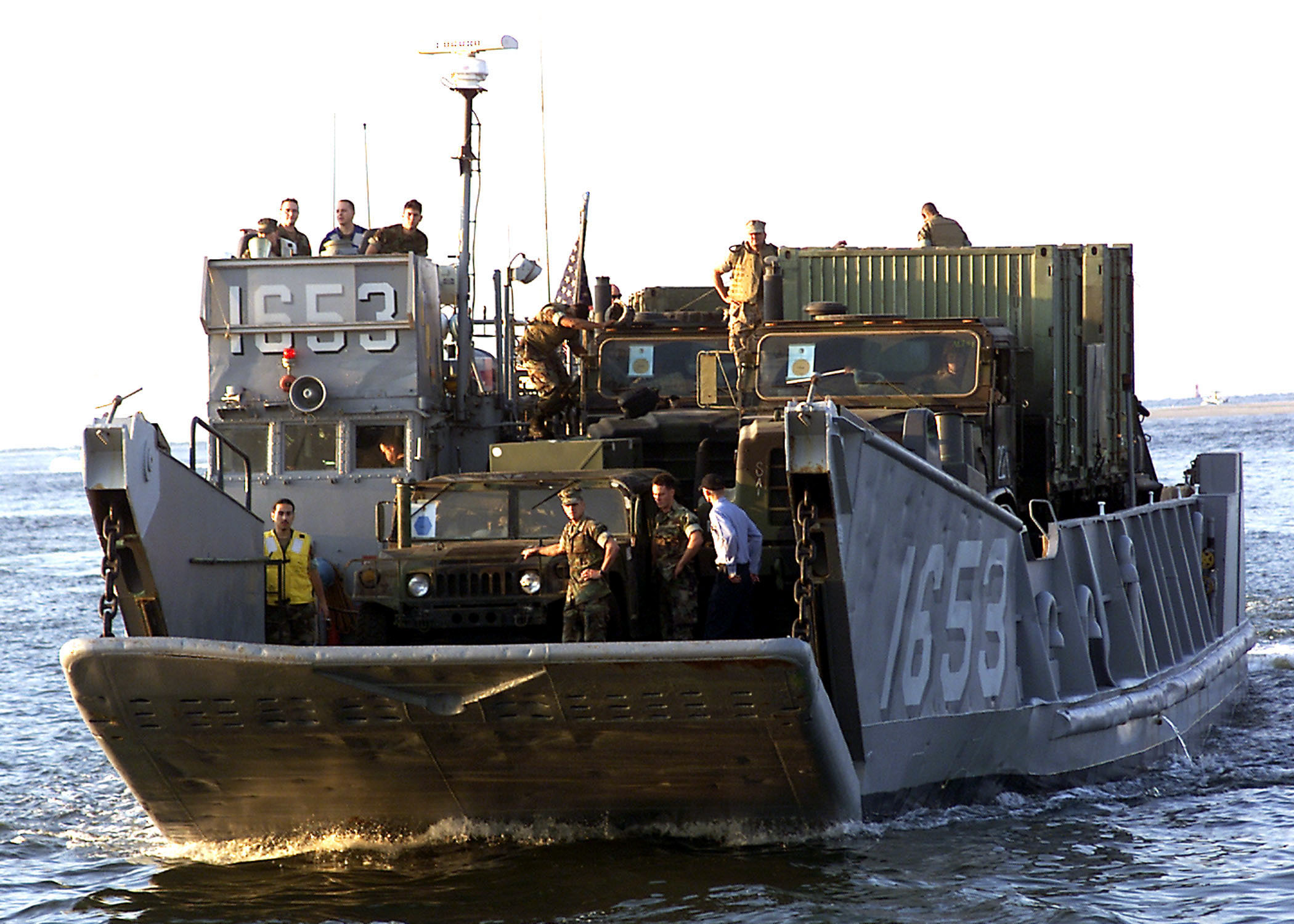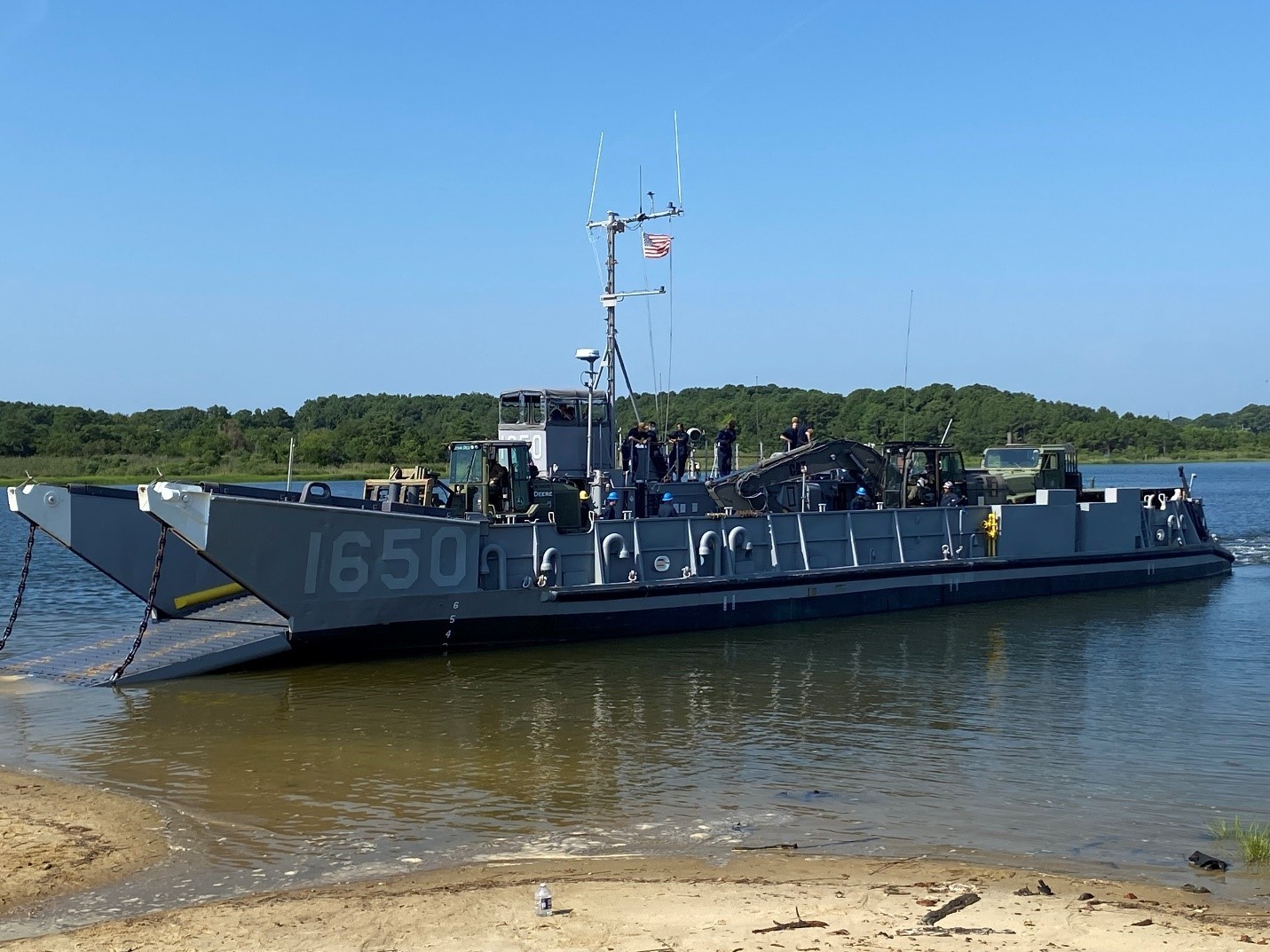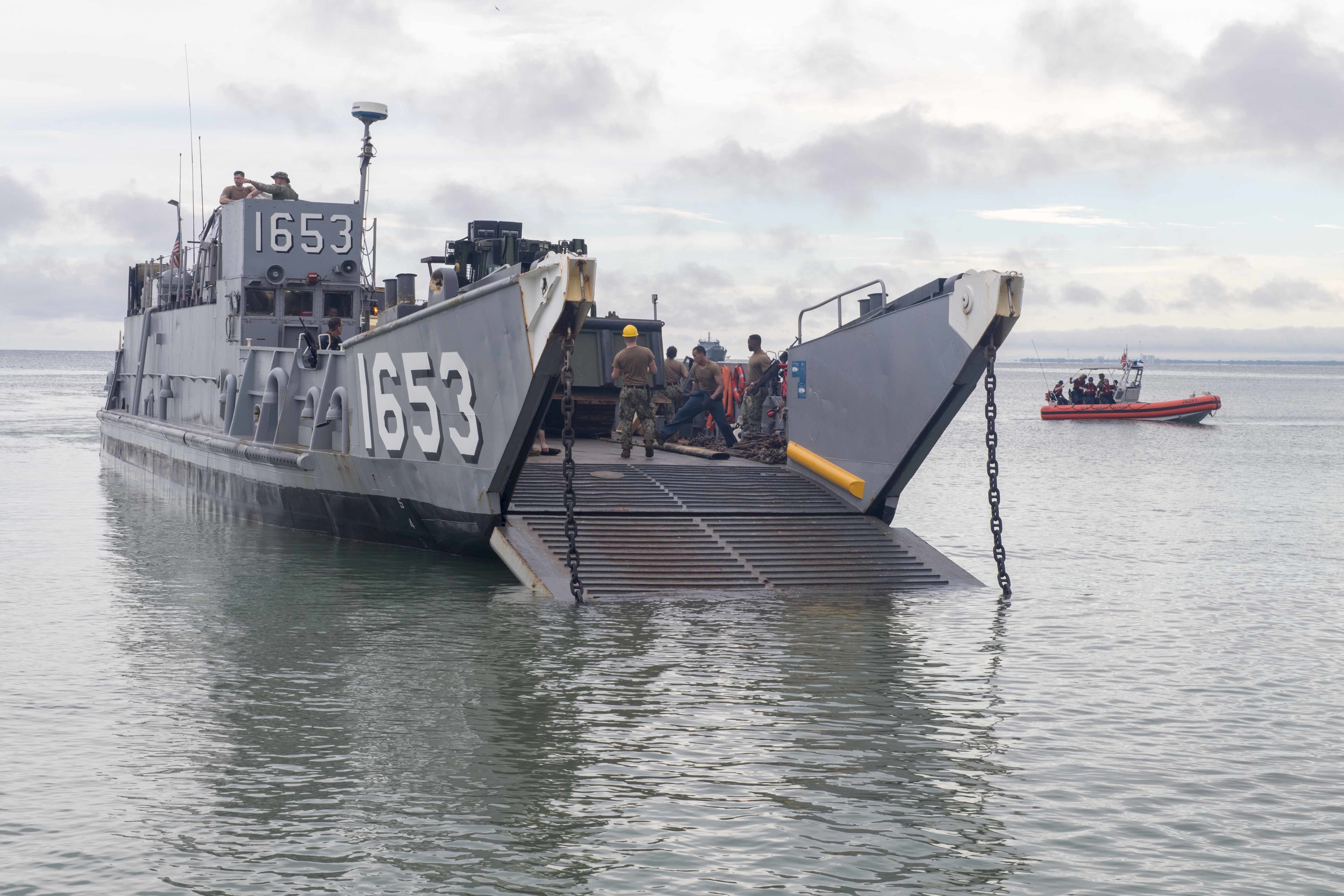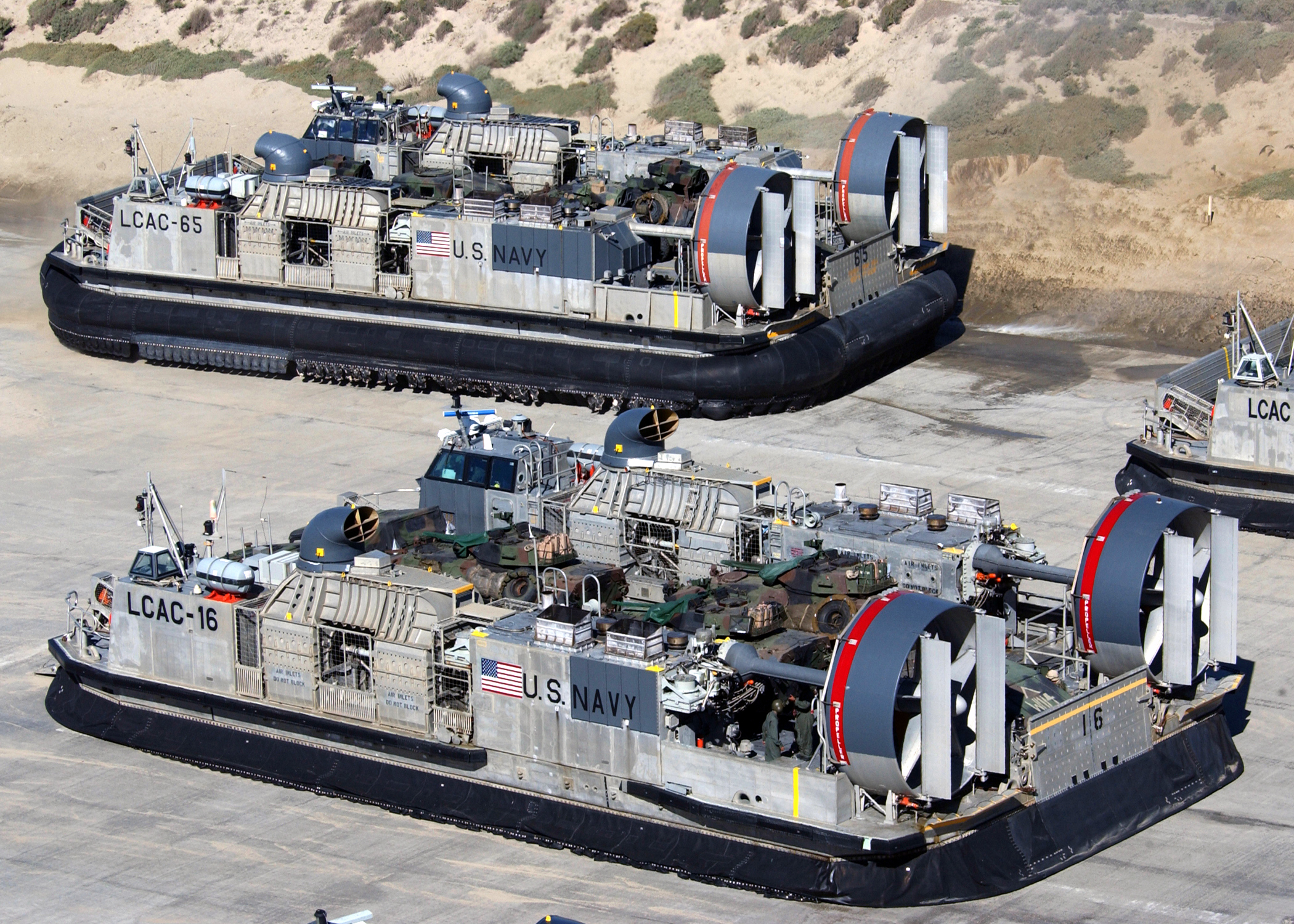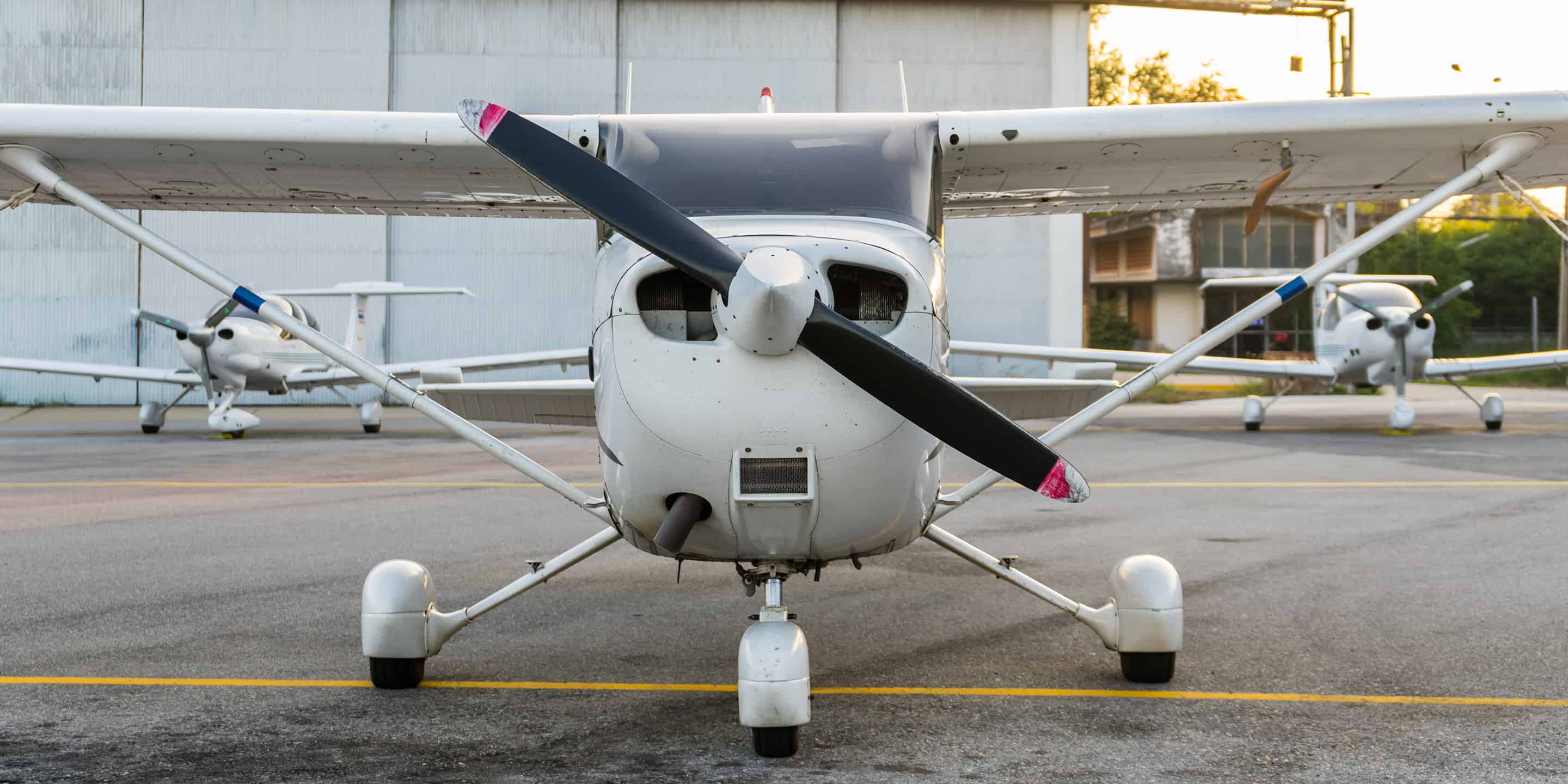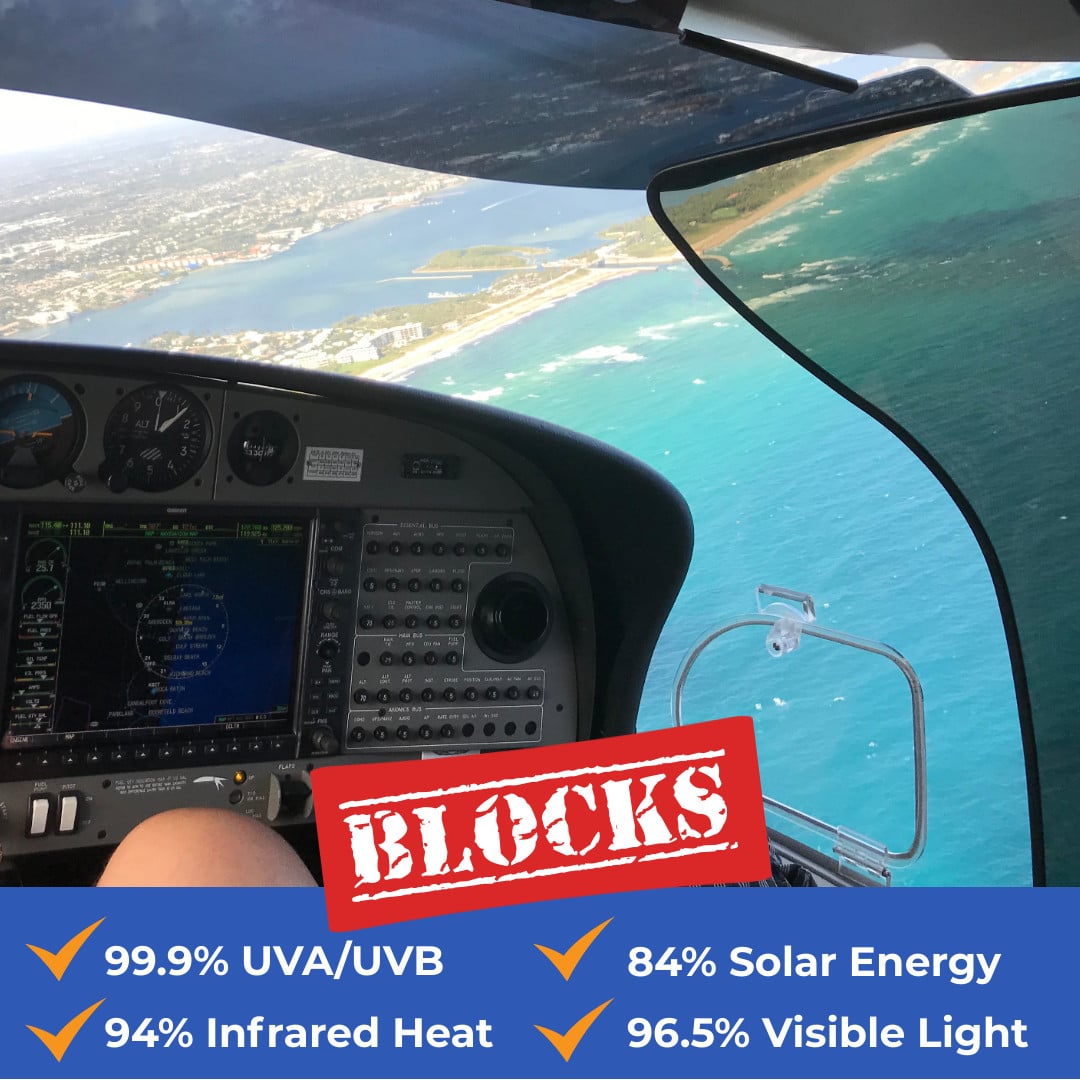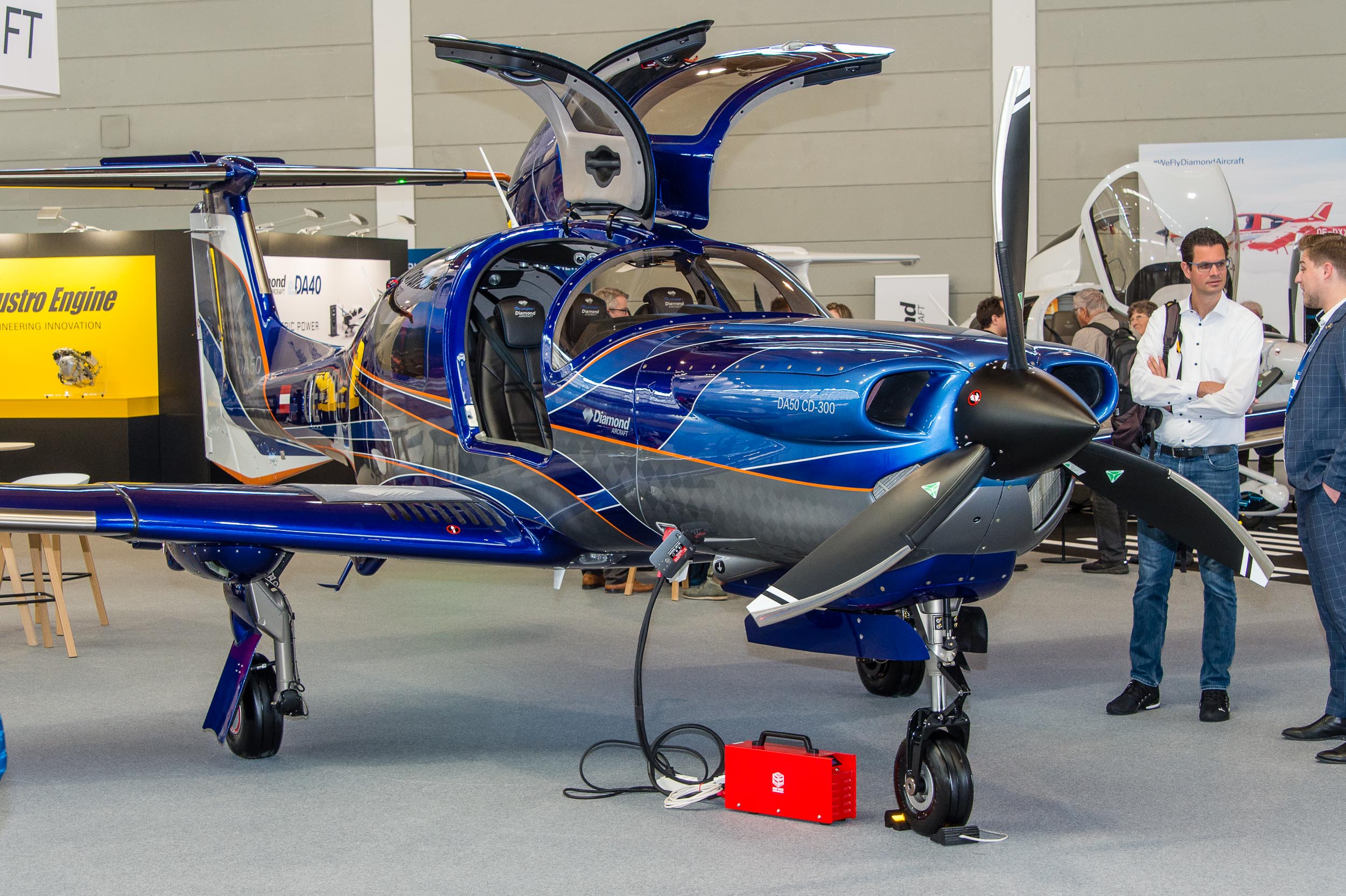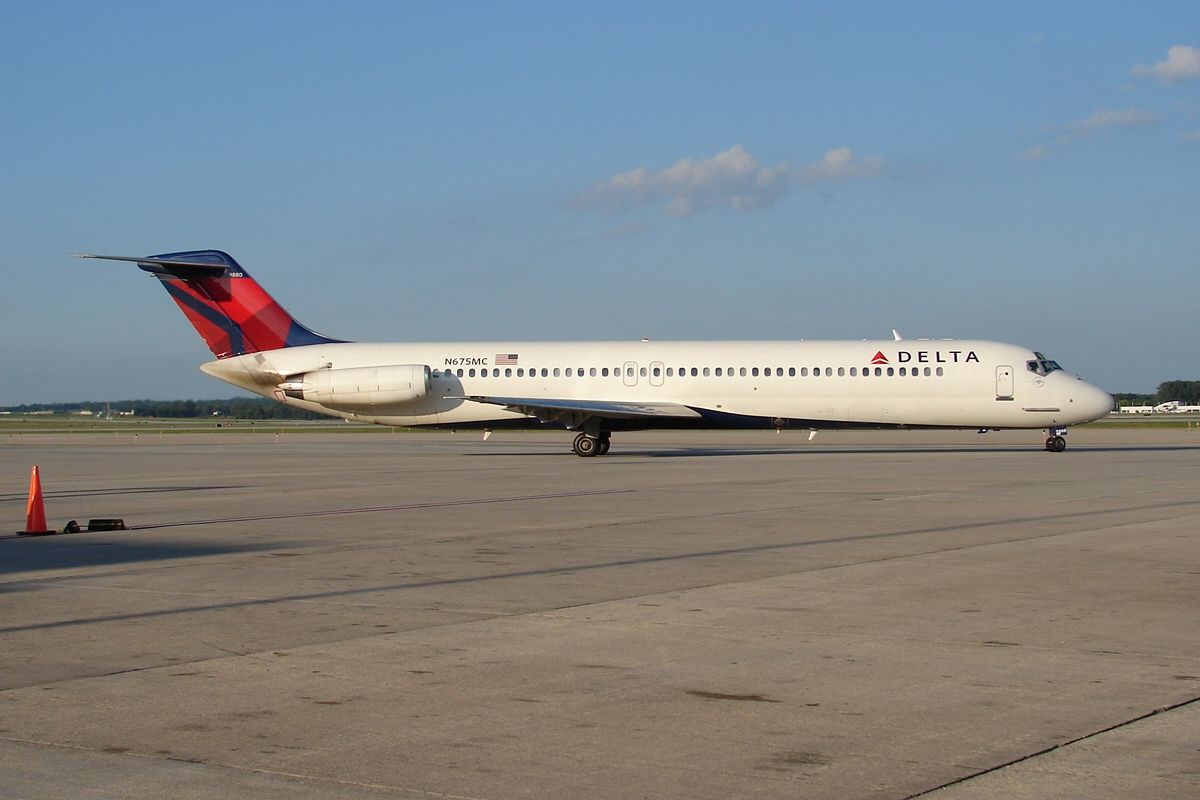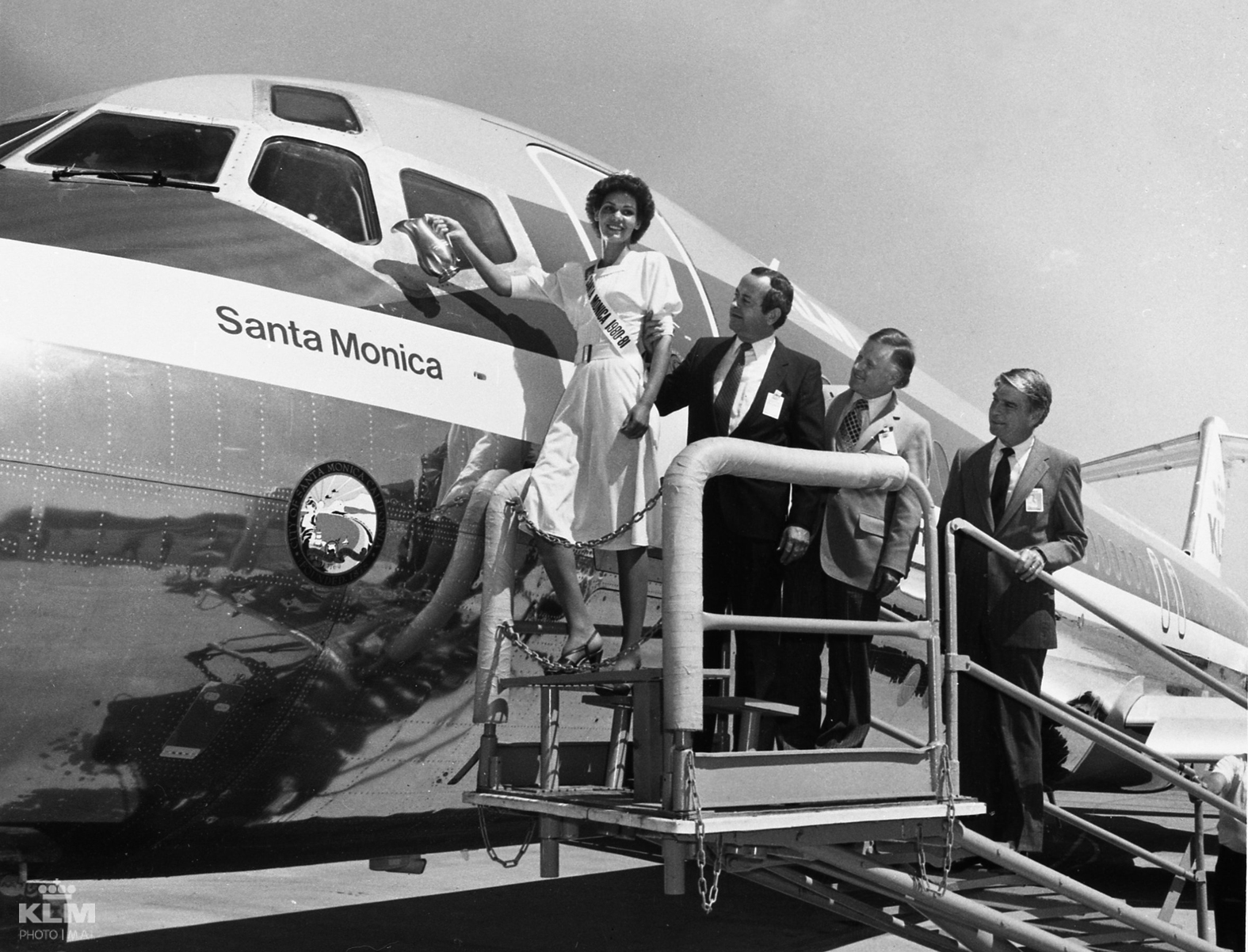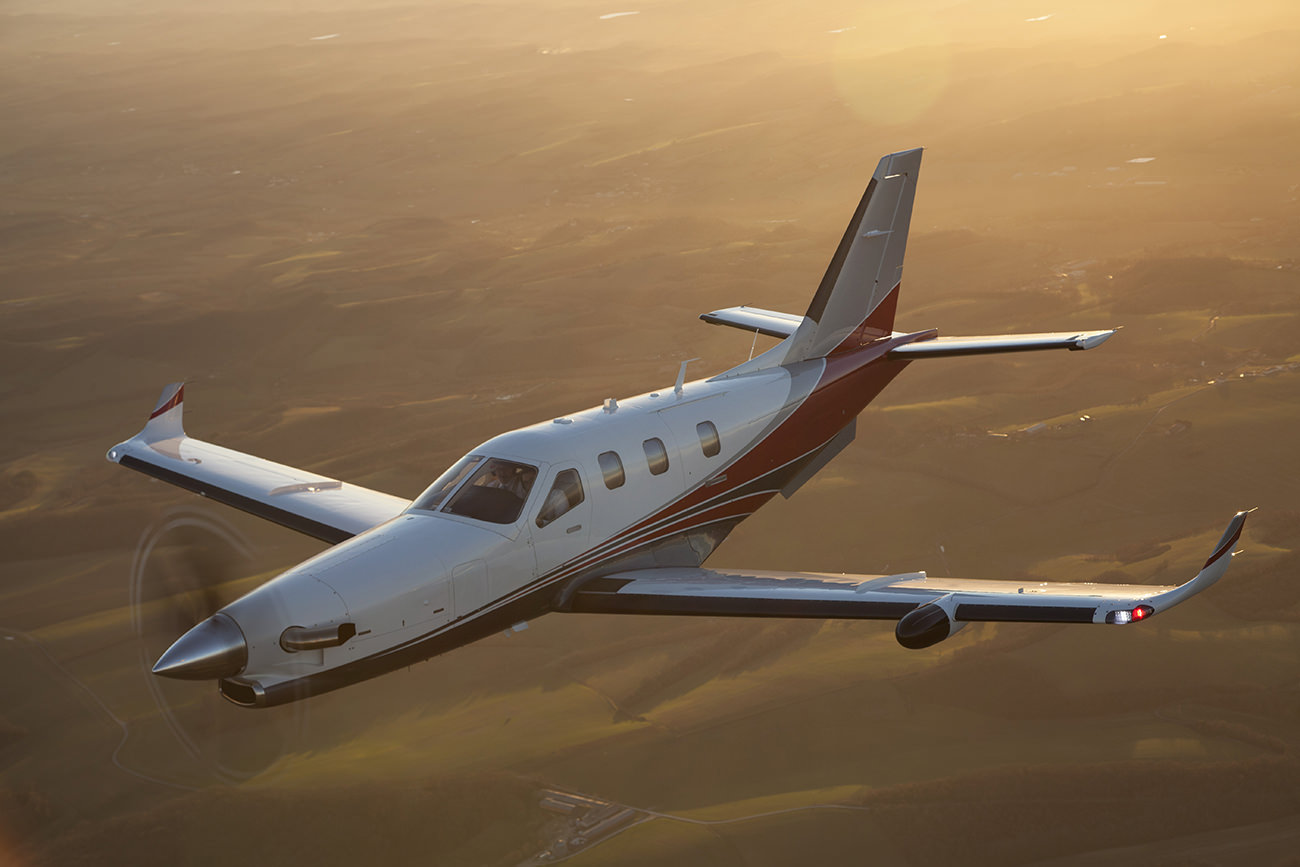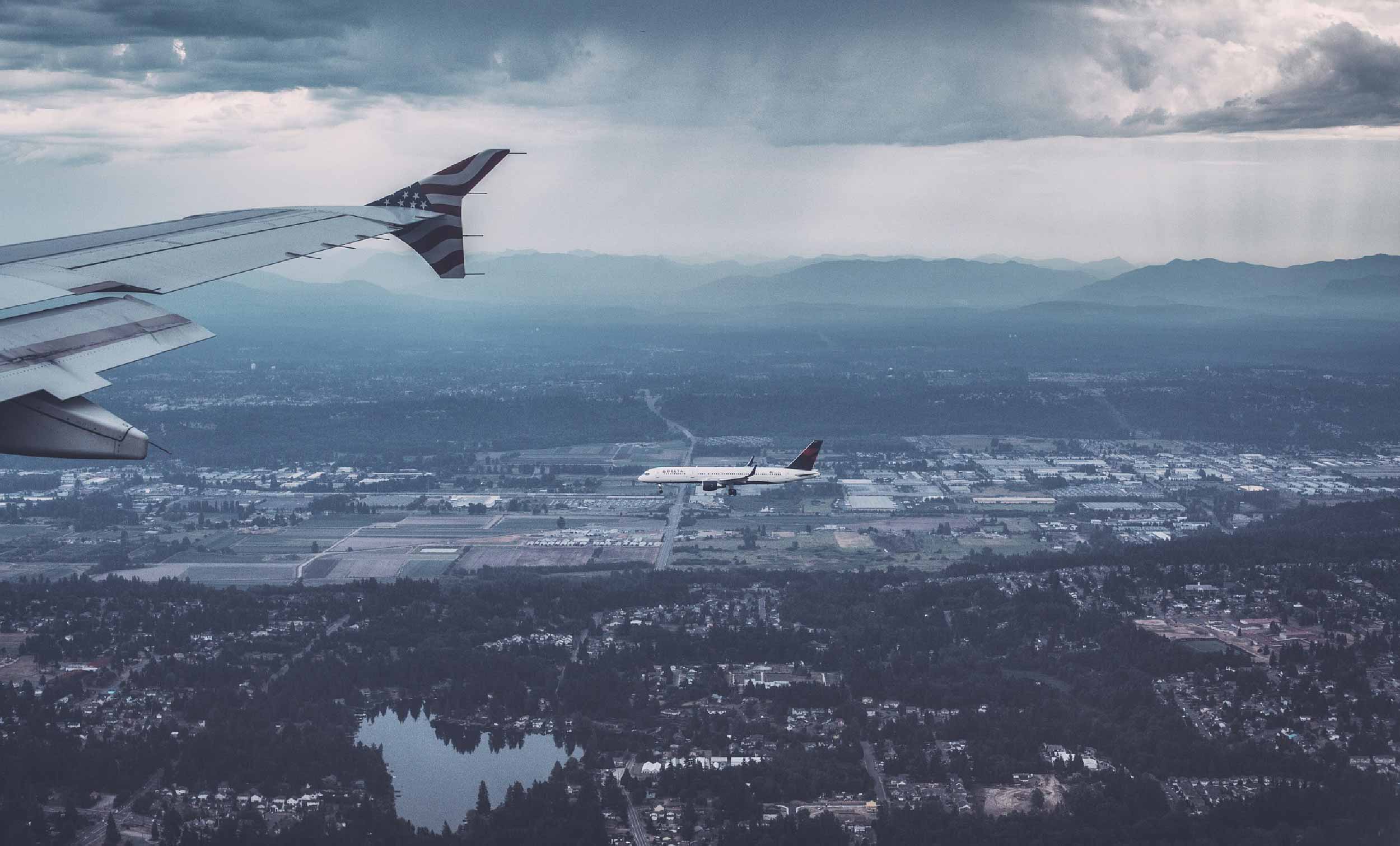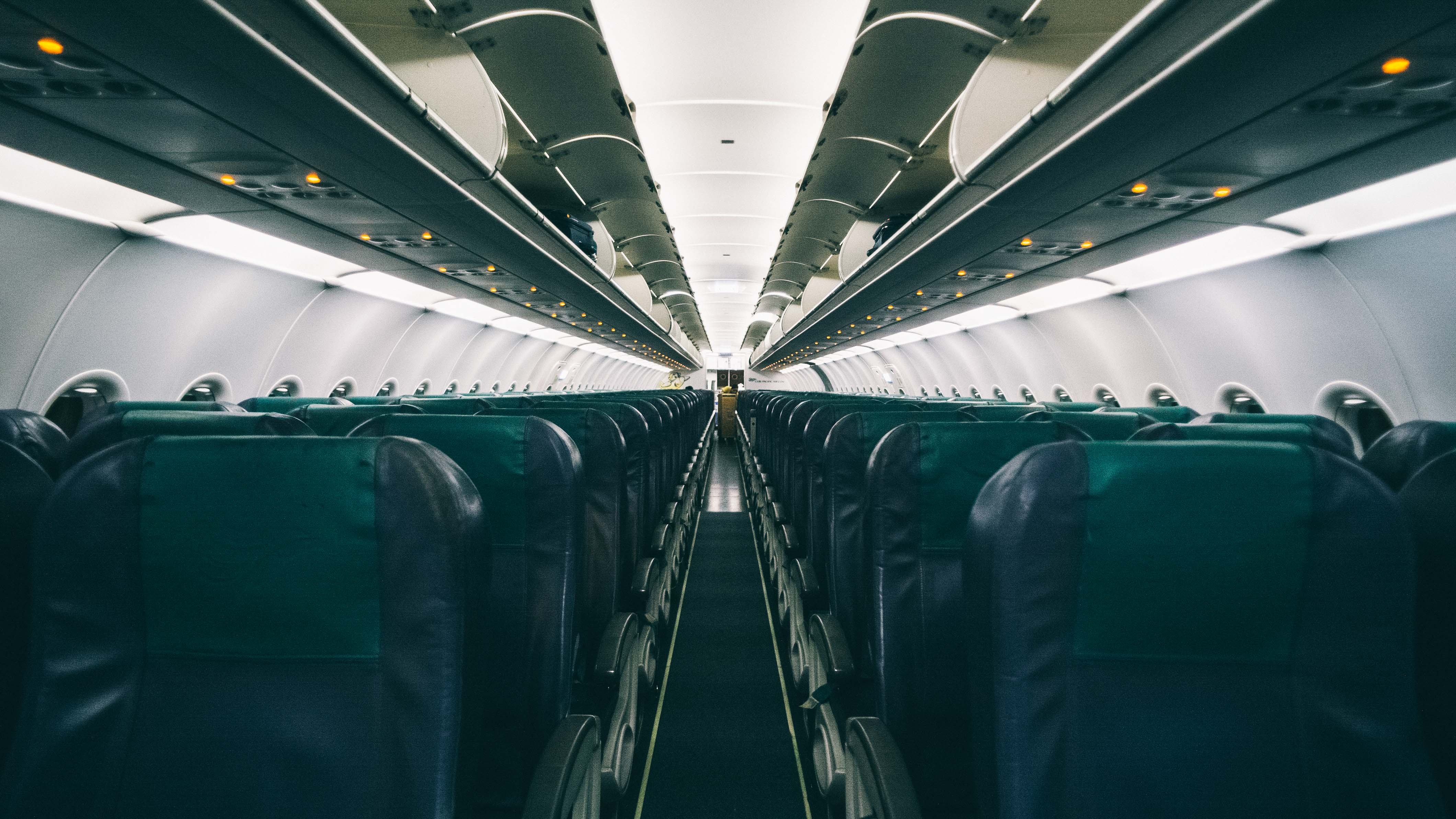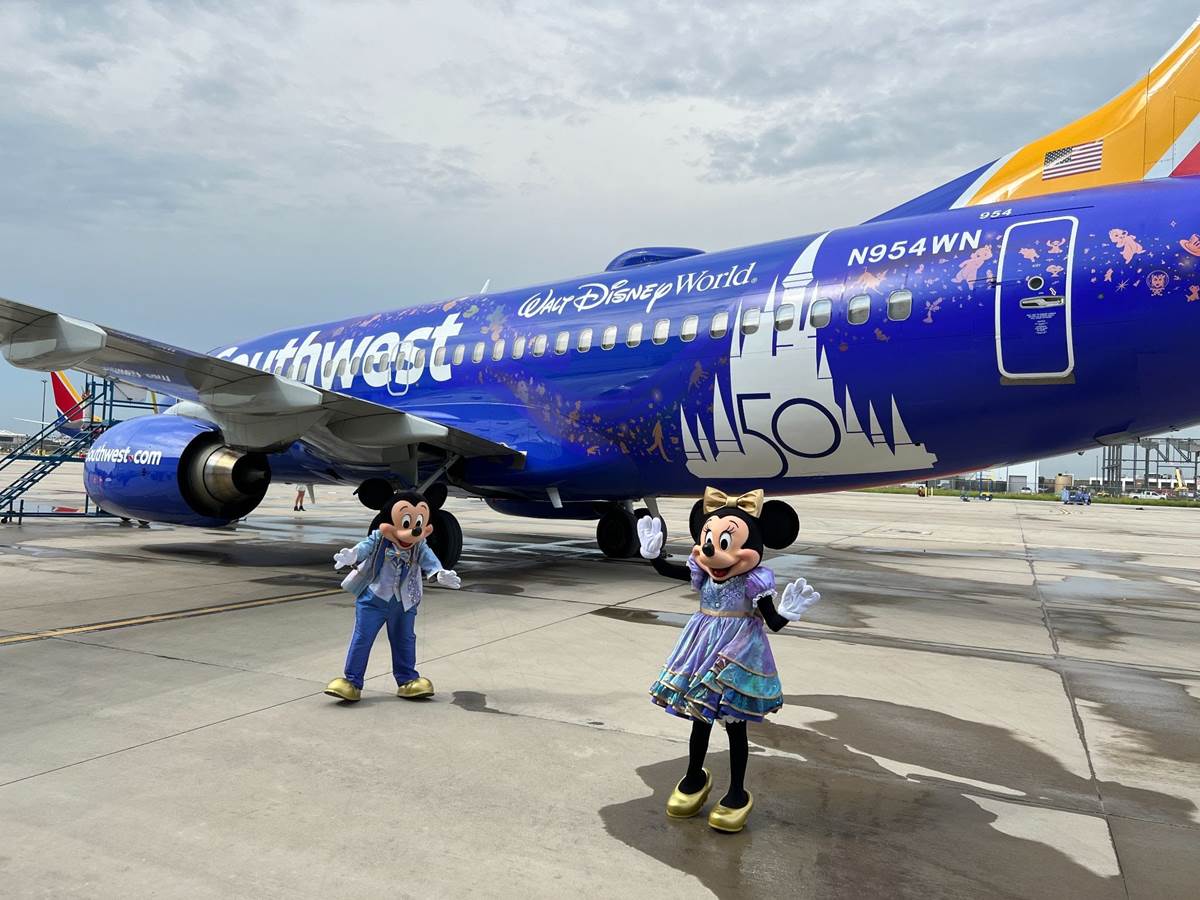Da20 Aircraft - That's the feeling you get when you step into the two-seater DA20 and take to the skies. Sporty, sleek and exciting yet surprisingly affordable, the DA20 offers outstanding performance with durability and impressive economy for private jets.
I flew for three hours yesterday in San Juans on the DA20; a beautiful summer evening, the sun setting over the mountains and the water, walking on the grass, playing with your little sports car in the sky. What a great plane. Jeremy Wilson private owner
Da20 Aircraft
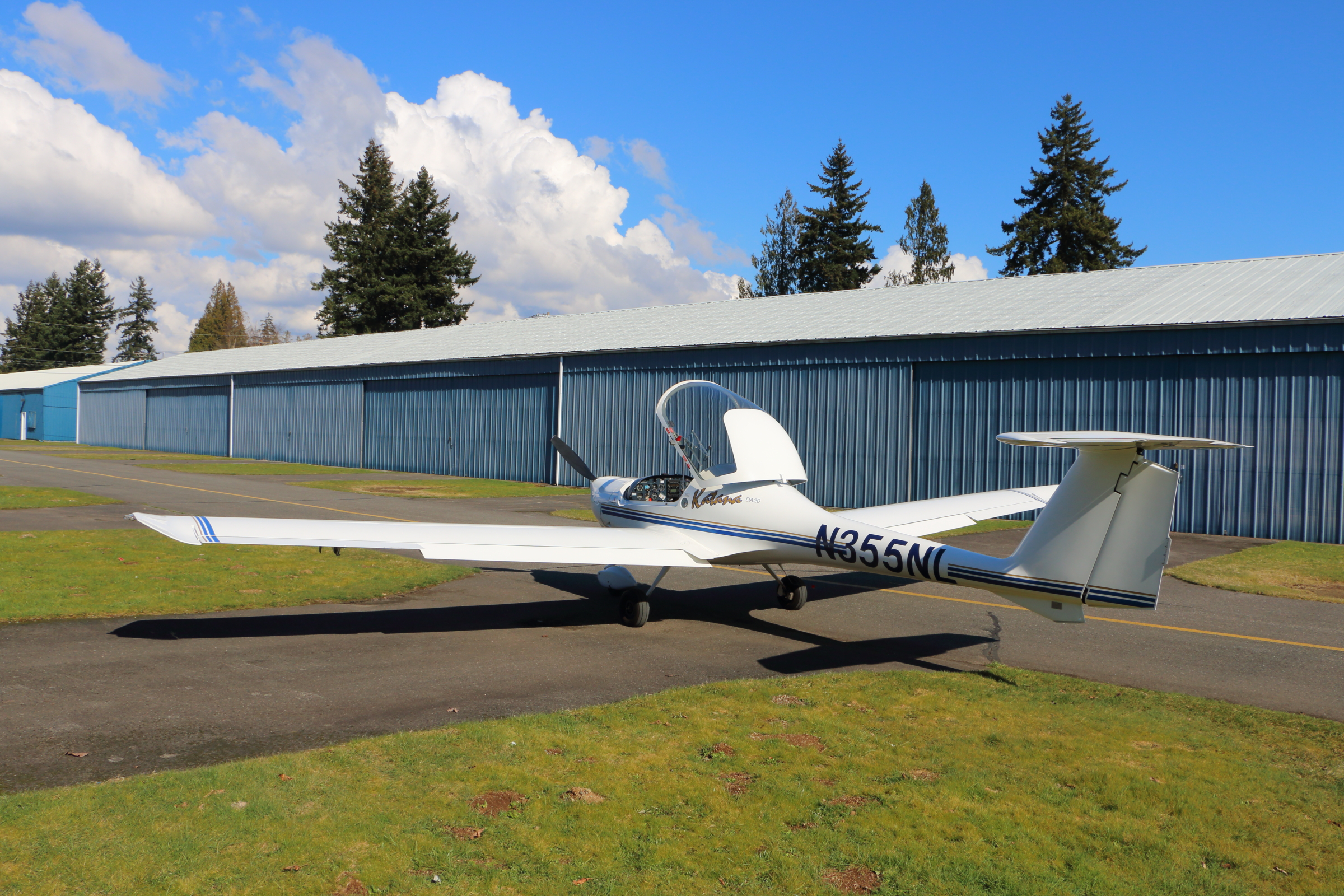
With a fighter-like canopy that provides easy access to the cockpit, central stick controls and comfortable bucket seats, the DA20 will put a smile on any pilot's face.
Diamond Da20 Series Information
The aircraft is powered by a 125HP Continental IO-240 engine and will be relaunched in 2020 with the new G500TXi Avionics.
Powered by a Bombardier Rotax 912 iS3c Sport 100 HP engine, the DA20i Katana is the perfect aircraft from your first flight through your complete flight training.
The sports cabin is one of the most comfortable and intuitive in its class, thanks to the ergonomically designed seats with sheepskin or sheepskin seat surfaces and 4-point seat belts, as well as a professional instrument panel with high quality equipment and materials. .
The DA20's hood and rear windows offer incredible visibility, allowing you to navigate, see other traffic, and above all, enjoy flying.
Diamond Aircraft Hi Res Stock Photography And Images
Whether you are a pilot with a night VFR (Night Flight Rules) license or want to get one, the DA20 series is a great aircraft from first flight to night VFR.
The DA20 is available in two engine options. Choose between a 100 HP Bombardier Rotax 912 iS3c Sport - the DA20i Katana - and a 125 hp Continental Motors IO-240 fuel plane - the DA20-C1.
The engine casing is designed for durability and easy maintenance with seamless front and rear welding, a robust stainless steel exhaust, easy access to filters and routine maintenance items, and a quick release hood.

The 125 hp Continental Motors IO-240 engine with 2-blade propeller based on the DA20-C1 offers good climb and cruise performance even at high density altitudes. The aircraft is FAA/TCCA service category certified for Night VFR and is typically used for initial training with the ability to complete wheel training. The perfect aircraft for private flying.
Diamond Da 20 Katana
A standard Garmin G500 cockpit with your flight instruments on the left and your engine instruments on the right.
DA20i Katana instruments and standard Garmin G500 avionics are designed for safety, advanced training delivery, reliability and value - perfect for private pilots and flight schools. The DA20i Katana is certified by EASA for Night VFR.
PistonPower™ is the first and only general aviation piston aircraft maintenance program. The program brings stability and cost predictability to your maintenance budget and peace of mind to your business and personal flying.
Just as Diamond Aircraft represents excellence in aircraft manufacturing, quality and attention to detail, Evonica offers a new world of aviation computer training solutions and technologically advanced eLearning solutions. Evionica's CBT Class Assessment Course for DA20 C1 provides the next generation of distance learning for Diamond pilots.
Diamond Da20 100 Katana 4x
Click on the desired location on the map to view the area with the auxiliary tank. The speed and time shown are for guidance only and should not be used for flight planning. Air movement, wind and other factors are not taken into account. Specifications refer to standard equipped aircraft and are subject to change without notice. The Diamond DV20/DA20 Katana is a light two-seat aircraft designed in Austria. Developed and manufactured by Diamond Aircraft, it was first produced in Austria as the DV20.
The DV20 shares many of the features of the Diamond HK36 Super Dimona. It was put into service in 1993. In the 1990s, production of this type began at a new facility in Canada to meet the demand for this type in the North American market. Canadian made aircraft are designated as DA20. It was very successful in the market, with over 1,000 aircraft sold by 2008, and many improved variants of the DA20 were developed. In addition, it was further developed into the four-seater Diamond Star DA40.
In 1981, a new company called Hoffmann Flugzeugbau was founded in Austria, which became the leading manufacturer of aircraft for general aviation purposes.
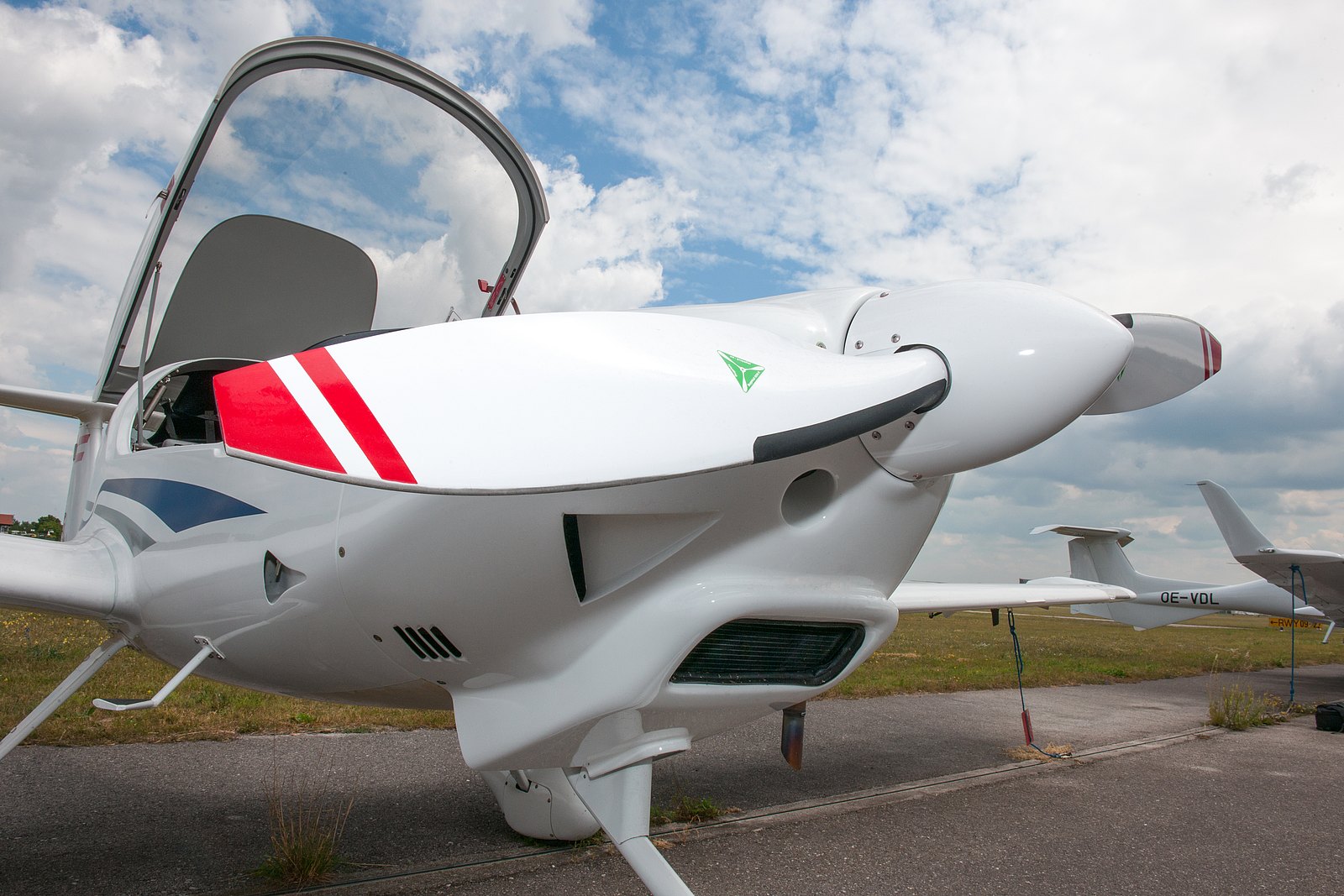
In the late 1980s, the company's management continued to rapidly expand its product range; It also underwent several changes in name and ownership, eventually becoming Diamond Aircraft. It was decided to develop a new two-seater aircraft, later named the DV20 Katana, using the earlier and successful Diamond HK36 Dimona as a basis.
Diamond Da20 A1 Katana, Single Engine Two Seat Low Wing Tri Gear Powered Glider, Canada
The DV20 had significant differences, while sharing much of its design and features with the Dimona. In particular, it had short wings, had flaps and used a tricycle landing gear.
Katana has also been developed with the philosophy of offering aircraft that cannot be matched in performance by any mainstream products from competing manufacturers, consciously avoiding head-to-head direct competition situations.
First put into production in Austria in the early 1990s, a special factory was set up by Diamond in London, Ontario, Canada to produce the DV20, later known as the DA20.
The DA20 has around 40 individual upgrades that have been effectively redesigned to adapt to the competitive helicopter market in the region.
Simsolutions Announces The Diamond Da20 For Msfs
According to aerospace publication Flight International, the decision to move production to Canada was to meet demand for such an aircraft in the large North American market; moreover, the company already believed that it was secure in terms of leadership in the aircraft market.
In 1994, the first DA20 aircraft produced in Canada was an A1 aircraft completed with a Rotax 912; it was the first Diamond aircraft in North America. Between 1994 and 1999, more than 100 million Canadian dollars were invested in the Canadian enterprise.
In 1998, production of the C1 Evolution and Eclipse models began with the Continental IO-240-B3B, also made in the Canadian facility. There were several improvements to the C1 model, including the adoption of a new engine in the form of the Rotax 912, which was more powerful and thus giving more performance to the aircraft; Other improvements included increased comfort, adoption of ventilated fenders, and improved stopping power.
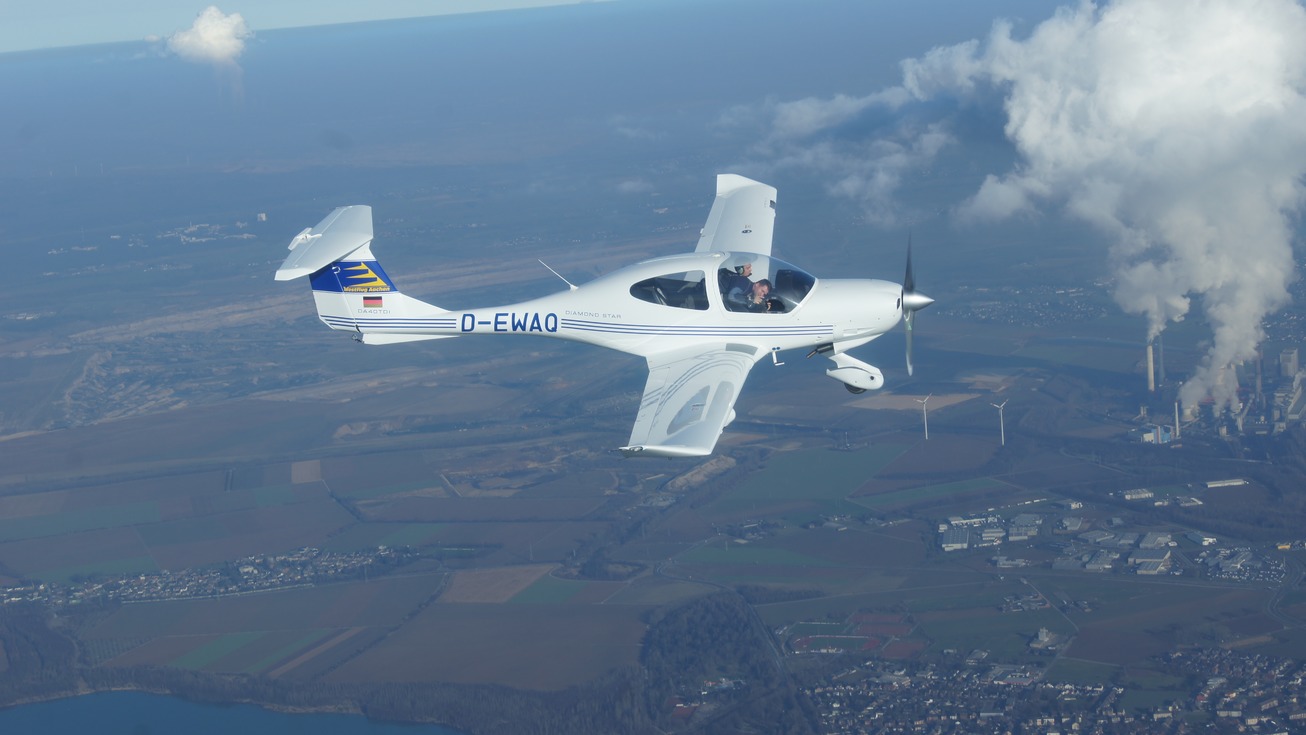
In the late 1990s, Diamond also developed a new four-seat aircraft designated the DA40, a derivative of the DA20.
Diamond Aircraft Da 20 Airplane Model With Clear Canopy Hand
Also under FAR 23 in the US. DA20 is approved in the utility sector; among other things, it is allowed to convert in a complete state.
In 2004, Diamond received the DA20 certification. Both models are also certified by the Joint Aviation Authority (JAA).
Although the DA20 has instruments and avionics for flight under flight rules (IFR), its plastic frame does not have electronic shielding and is therefore not eligible for IFR certification.
This limitation is not suitable for most potential customers; According to the aviation publication Flying, "although two-seat trainers have been around, they haven't been trained very much...there aren't many owners of two-seats flying them IFR."
Diamond Da20 C1 Eclipse Aircraft
By 2010, production of the original A1 Katana model had ended, while the new DA20-C1 model was still being produced.
In November 2008, the company announced that it would offer an Asp Avionics original flight display as an option on the DA20. Diamond demonstrated that the Asp PFD is easy to fit into an existing dashboard design as it mounts in a standard round hole. In October 2009, the company introduced the Garmin G500 glass cockpit as an option.
The Diamond DA20 Katana is a low cantilever aircraft commonly used as an inexpensive two-seat trainer aircraft. According to Flight International, it is considered somewhat unusual among trainers to use a design that uses the manufacturer's previous tuning products.

The katana is well suited for the training role due to its ease of handling and responsive control. Compared to traditional training aircraft, it has been marketed as significantly reducing the costs associated with fuel and maintenance, while providing the favorable flight characteristics and range required for trainees.
Da20 C1 Eclipse, Diamond Aircraft, Wings Over Springbank, Springbank Airshow, Alberta, Canada Stock Photo
For a time, the Katana was the only two-seat training aircraft that offered both low cost and advanced technology, giving it a leading position in the segment.
The Katana has several unique features, including its round structure, low wing, T tail structure, and wheeled nose wheel. All models use a composite airframe made of glass-reinforced plastic and carbon fiber.
The one-piece fuselage has removable wings to aid portability and maintenance. The wings themselves have clear Plexiglas panels to allow easy inspection of key controls without removing them.
The aircraft is complete with a smooth finish over its outer shell, which eliminates corrosion and rust to reduce maintenance requirements.
Diamond Da20 Katana: Perfectly Suited To Flight Training
The Katana provides a good external appearance by using a one-piece bubble for its pilots
Torx t45, t45 bulb, campark t45, t45 flour, t45 shifter, martin t45, t45 transmission, t45, dolphin t45, tassimo t45, panduit t45, t45 lamp
